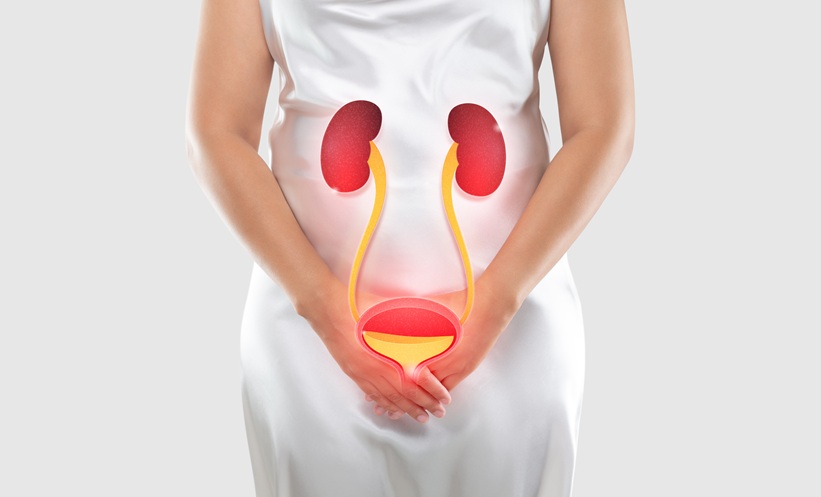A SPANISH research team has developed a non-invasive, urine-based biomarker model that accurately predicts the degree of tubulointerstitial fibrosis in patients with primary IgA nephropathy (IgAN), potentially transforming how clinicians monitor kidney damage in IgAN.
Presented as one of the top 10 abstracts at the ERA Congress 2025, the study analysed urine samples from 247 biopsy-confirmed IgA nephropathy patients alongside 50 healthy controls. Researchers measured the urinary levels of seven biomarkers, EGF, MCP-1, NGAL, KIM-1, L-FABP, β2-microglobulin, and DKK-3, on the day of kidney biopsy and correlated them with histologically confirmed fibrosis area.
The findings revealed a strong relationship between increased fibrosis and elevated urinary levels of DKK-3, L-FABP, and β2-microglobulin, alongside decreased levels of EGF. These biomarkers, combined with clinical parameters such as age, eGFR, and proteinuria, were used to build a multivariate predictive model that explained over 60% of the variability in fibrosis area.
DKK-3 and L-FABP were positively associated with greater fibrosis, while EGF was a strong negative predictor. Proteinuria and lower eGFR further contributed to the risk of chronic kidney injury, reinforcing the model’s potential clinical utility.
“This model offers a powerful, non-invasive alternative to repeated kidney biopsies,” said lead author Dr Jorge González Rodríguez. “It could help monitor fibrosis progression and optimise treatment strategies in real time.”
With its strong predictive performance and practical advantages, the model holds promise for early intervention and personalised care in patients with IgAN, a major cause of chronic kidney disease worldwide. Further validation in external cohorts may pave the way for its integration into everyday nephrology practice.
Reference
Escalante JE et al. Development of a multiple biomarker model to predict the tubulointerstitial fibrosis area in patients with primary IgA Nephropathy. Abstract 56. ERA Annual Meeting, 4th-7th June, 2025.






